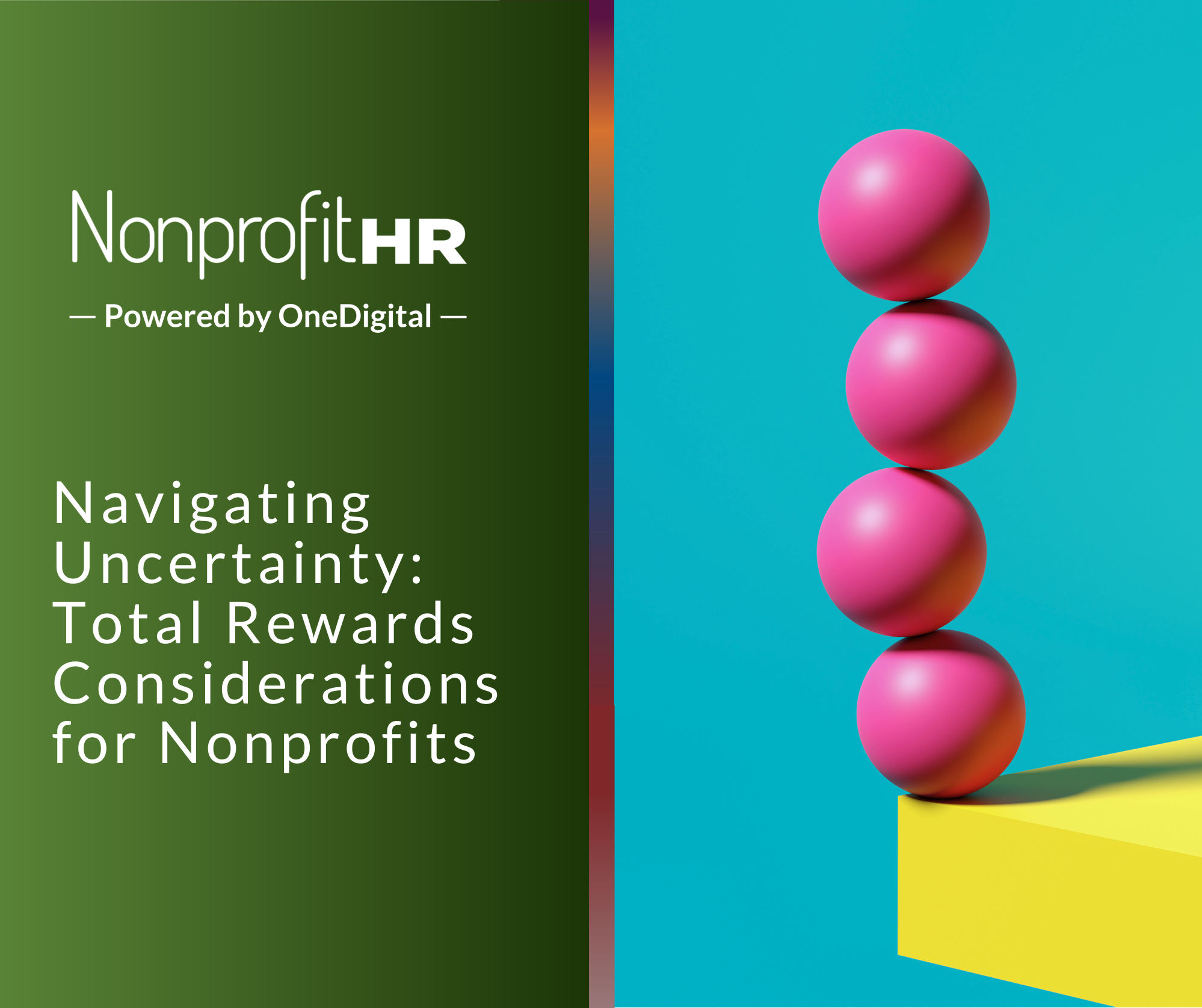WTOP: 5 ways nonprofits can…
In the nonprofit sector, leaders often face the unique challenge of balancing mission-driven work with the demands of supporting staff, clients and stakeholders. While the commitment to making a positive impact is deeply rewarding, it can also be emotionally and physically taxing. Nonprofit sector leaders are frequently under immense pressure to navigate crises, adapt to organizational changes and meet the needs of their teams, all while managing their own stressors.
For nonprofit executives, self-care is not a luxury. Managing stress and trauma is vital to their leadership practice. The ability to model resilience and self-care is essential for their personal health and for fostering a psychologically safe and supportive work environment. When leaders take care of themselves, they are better equipped to support others, build stronger relationships, and guide their organizations through adversity. Below are strategies nonprofit leaders can implement to manage their stress or trauma and ensure they can lead with compassion and effectiveness.
Recognizing the Need for Self-Care in Leadership
Nonprofit leaders often face unique challenges that come with the nature of mission-driven work: managing limited resources, responding to crises and advocating for vulnerable populations. These pressures can accumulate over time, leading to chronic stress or even trauma. Leaders must recognize the importance of self-care not just as a personal need but as a leadership practice.
Ignoring personal well-being to fulfill professional obligations may seem noble, but it is unsustainable. Research shows that leaders who fail to manage their stress are more likely to experience burnout, which can negatively impact their leadership abilities, decision making and the well-being of their teams.
Seeking Coaching for Emotional and Professional Support
Executive coaching is one powerful way nonprofit leaders can manage stress and trauma. While coaching is not a substitute for therapy, it provides a valuable space for leaders to reflect on their challenges, build self-awareness and develop resilience. Coaching helps leaders understand the emotional undercurrents of their decisions and behaviors, enabling them to recognize and address stressors before they escalate.
Through coaching, leaders can also identify ways to enhance their emotional intelligence, improving their ability to empathize with team members and respond to organizational challenges in a more thoughtful, composed manner. For nonprofit executives who often work in emotionally charged environments, this skill is essential for maintaining both personal well-being and professional effectiveness.
Trauma Awareness Training for Leaders
In addition to coaching, trauma-awareness training can be transformative for nonprofit executives. Understanding how trauma manifests in oneself and others is crucial for building a psychologically safe workplace. Trauma-informed leadership acknowledges that stress and trauma can impact both leaders and their employees, shaping the way individuals react to challenges and how they engage with their work.
Nonprofit leaders who undergo trauma-awareness training are better equipped to recognize signs of trauma in themselves and their teams. This training provides tools for managing stress responses and fostering an environment of trust and empathy. Leaders who model trauma-informed practices contribute to a supportive culture where team members feel safe to express their needs and challenges, which can prevent organizational burnout and increase overall resilience.
Integrating Trauma-Informed Leadership Across the Organization
Leaders should consider implementing trauma-awareness training for their staff, creating a culture of holistic well-being. A trauma-informed culture starts with leadership but permeates through every level of the organization. Employees at all levels should feel supported, enhancing trust and engagement.
Utilizing Wellness Tools for Sustained Support
Wellness tools are essential for maintaining long-term leadership resilience. Incorporating mindfulness practices, such as meditation or breathwork, can help nonprofit executives manage stress and stay grounded in their roles. Mindfulness has been shown to reduce stress, increase emotional regulation and improve cognitive function, which is vital for effective leadership.
Leaders can also benefit from regular physical activity, journaling or hobbies that provide a mental break from work. Setting clear boundaries and ensuring work-life balance are also critical components of wellness. These tools help leaders recharge, maintain focus and avoid burnout from constantly being on call for their organizations.
When nonprofit executives embrace wellness practices, they encourage their teams to prioritize well-being. Modeling these behaviors influences team members to adopt similar practices, fostering a workplace culture that values health, balance and emotional resilience.
Modeling Resilience and Care
Leaders set the tone for their organizations. When nonprofit executives prioritize self-care and demonstrate healthy ways of managing stress, they model resilience and emotional intelligence for their teams. This modeling is essential for creating a work environment that supports collective well-being and mission success.
Leaders who are transparent about their wellness practices and share their challenges with managing stress create a culture of openness and trust. This vulnerability can inspire others to prioritize their well-being and seek help when needed.
The Power of Self-Care in Leadership
Leading with compassion and effectiveness requires more than just focusing on external demands. It requires a commitment to personal wellness and self-care. By seeking coaching, engaging in trauma-awareness training and utilizing wellness tools, nonprofit leaders can ensure they are resilient, empathetic and capable of supporting their teams through possible challenges. Leadership is about sustaining oneself to sustain others. Prioritizing self-care enables nonprofit executives to model the kind of resilient, empathetic leadership that drives organizational success and mission impact.
References
Boyatzis, R., & McKee, A. (2005). Resonant leadership: Renewing yourself and connecting with others through mindfulness, hope, and compassion. Harvard Business Review Press.
Caverly, M. (2017). Creating trauma-informed workplaces: Reducing re-traumatization in employees and clients. Crisis Prevention Institute.
Kabat-Zinn, J. (2009). Full catastrophe living: Using the wisdom of your body and mind to face stress, pain, and illness. Bantam Books.
Substance Abuse and Mental Health Services Administration. (2014). SAMHSA’s concept of trauma and guidance for a trauma-informed approach. SAMHSA. https://ncsacw.samhsa.gov/userfiles/files/SAMHSA_Trauma.pdf
|
Looking for more on this topic? Trauma Showing Up at Work: Recognizing and Offering Support to Sustain Your People |
 |
Contributing Author
Chantel Simms, MBA, SPHR, SHRM-SCP
Team Leader & Senior Consultant, Outsourcing
Nonprofit HR
View Chantel’s bio.






























